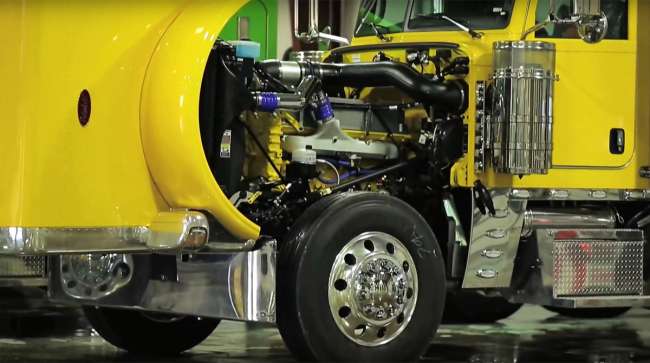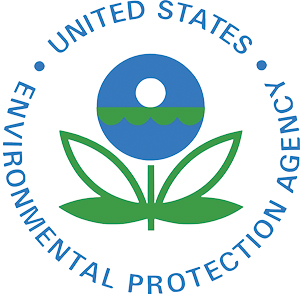Senior Reporter
EPA Advisory Board to Review Science Behind the Agency’s Glider Truck Rule Repeal Proposal

An Environmental Protection Agency advisory board is reviewing the quality and relevance of scientific and technical information used to justify repealing an Obama administration regulation that limits the production of glider trucks.
The decision to review the glider repeal plan came after testimony largely in opposition to the proposal for repeal from environmentalists, scientists, academics and trade groups at the EPA’s Science Advisory Board meeting May 31.
In addition, some members of the board “chastised” the agency for the basis of its Nov. 16 proposed rule that relied on a “recently disavowed special-interest group study and cherry-picked comments” from the docket, said Glen Kedzie, vice president and energy and environmental counsel for American Trucking Associations.
ATA opposes the repeal of the glider regulation.

“Our message has remained consistent,” Kedzie told the advisory board. “New regulations must be justified, be economically and technologically achievable, based on sound data and science, not create major market shifts or disruptions in equipment purchasing cycles, and be developed with an eye toward transparency.”
The advisory board is a 40-member expert panel that reviews EPA research programs and plans, provides science advice as requested by the EPA administrator, and advises the agency on broad scientific matters. However, the EPA administrator is not legally bound to recommendations made by the advisory panel.
“The chairman of the SAB will send a letter to Administrator [Scott] Pruitt summarizing the discussion regarding planned actions,” said an EPA spokeswoman. The proposal for repeal has not yet been forwarded to the White House Office of Management and Budget for review, the spokeswoman said.
SAB Chairman Michael Honeycutt, director of the Toxicology Division of the Texas Commission on Environmental Quality, did not return a message seeking comment.
The glider proposal for repeal was in part justified by a Tennessee Tech University study that is under investigation for research misconduct, and a claim by the EPA that it does not have the legal authority to regulate gliders because they cannot be treated as new motor vehicles.
Glider trucks combine new truck bodies with older engines. The glider kits provision, included in EPA’s 2016 Phase 2 heavy-truck greenhouse gas emissions rule, limits the number of non-emissions-compliant gliders built by each company to 300 a year and requires gliders beyond that number be certified as emissions-compliant for the model year they are built.

EPA Administrator Scott Pruitt. (Molly Riley/Sipa USA/TNS)
An EPA study made public on Nov. 20, just four days after Pruitt’s proposal for repeal, said that emissions from two glider vehicles tested under highway conditions had nitrogen oxide emissions 43 times higher than new trucks and particulate matter emissions 55 times higher.
In addition to opposition from many trucking industry stakeholders, an SAB work group advancing the May 31 meeting recommended the advisory board review of the proposal with regard to the “adequacy of the supporting science.”
“The scientific and technical statements in the proposed rule, and the scope of analyses in the proposed rule, are dubious and highly questionable,” the work group wrote.
The work group noted that the proposed repeal rule lacks transparency regarding the sources of and basis for data regarding costs, emissions, life cycle implications and safety.
“EPA failed to take into account its own study, published four days after the proposed rule, that shows that glider truck emissions can be substantially higher than those from conventionally manufactured trucks,” the work group wrote.
Amit Narang, a regulatory policy advocate for Public Citizen and one of roughly two dozen speakers at the meeting, told the board that the EPA repeal rule is “almost entirely devoid of any evidentiary foundation,” and that it ignores the legal requirement that EPA demonstrate that its rule is “the product of reasoned decision-making.”




